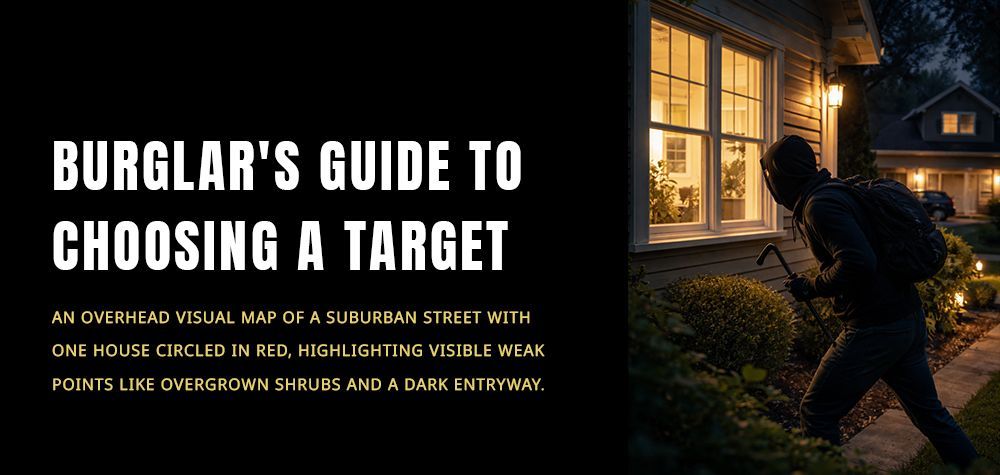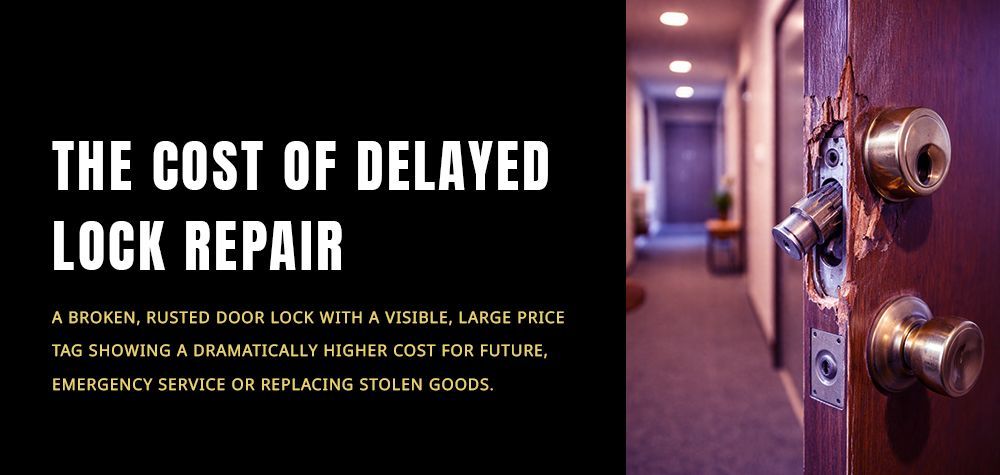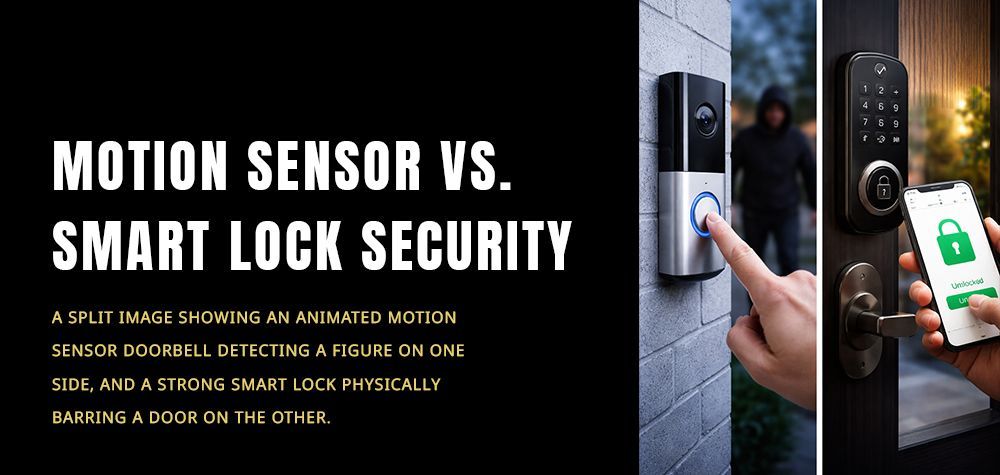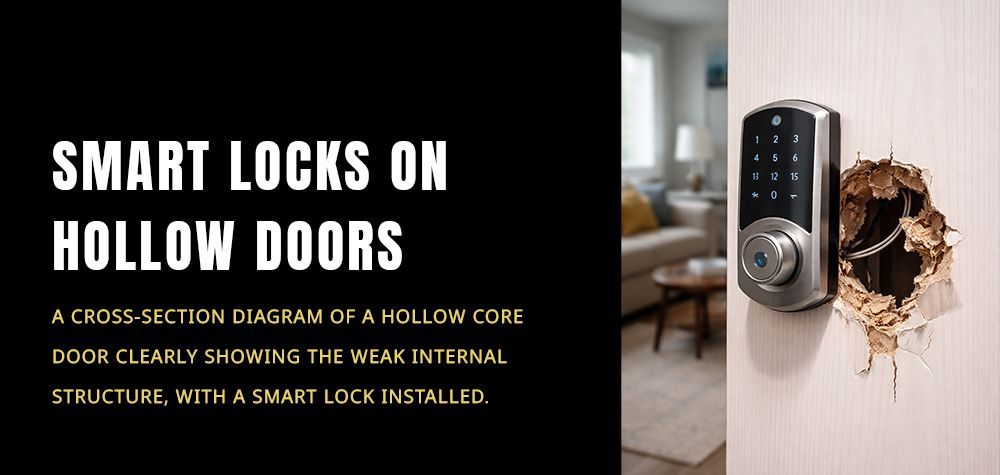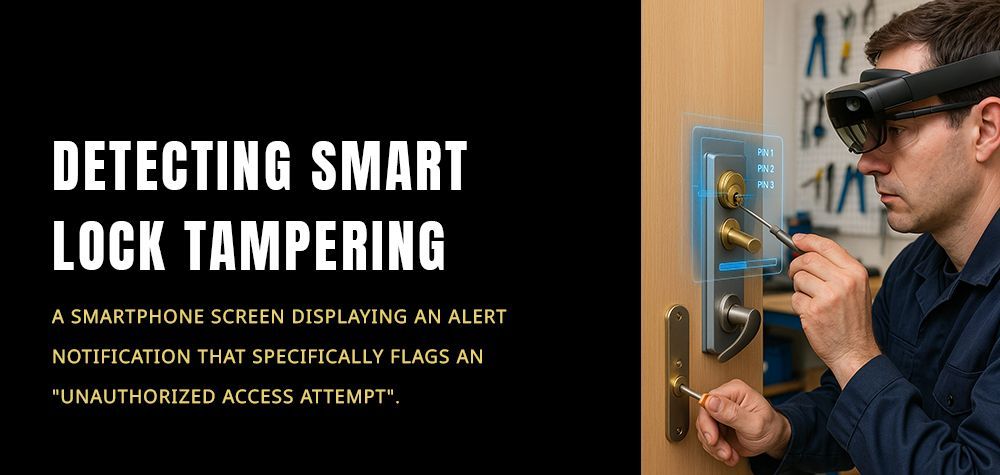Mastering the Art of Key Extraction
Keys get stuck in locks for a variety of reasons: wear and tear, dirt, or simply a momentary lapse in concentration. Regardless of the cause, when a key becomes stuck, it can be a frustrating experience. However, with the right tools and approach, you can safely and efficiently remove the stuck key yourself. In this guide, we’ll walk you through the entire key extraction process, offering helpful tips and step-by-step instructions for tackling this common problem.
How to Choose the Right Lock for Your Front Door
1. Understanding Why Keys Get Stuck
Before diving into the methods of extracting a stuck key, it’s important to understand why it happens in the first place. Knowing the cause can help you avoid further damage to the lock or the key.
- Worn or Damaged Key: A key that has been used for a long time can become worn down, making it difficult to turn or remove. Over time, the grooves of the key may not align properly with the pins inside the lock.
- Dirty or Jammed Lock: Dirt, grime, and rust buildup in the keyhole can cause resistance when inserting or removing the key.
- Frozen Lock Mechanism: In cold weather, moisture can freeze inside the lock, making the key stiff and difficult to turn or pull out.
- Broken or Bent Key: A bent key can get stuck halfway inside the lock, preventing it from being removed.
- Faulty Lock Mechanism: A problem within the lock mechanism itself (such as malfunctioning pins) can cause a key to become stuck or jammed.
2. Assessing the Situation: Is the Key Stuck or Just Jammed?
The first step in extracting a stuck key is determining whether it is truly stuck or simply jammed. Here's how to assess the situation:
- Check for Movement: Gently try to turn the key in the lock. If the key moves but doesn’t come out, it’s likely jammed and needs a little coaxing.
- Feel for Resistance: If there’s no movement and the key feels stiff or stuck, the issue may be with the internal lock mechanism or a problem with the key itself.
Once you’ve assessed the situation, you can choose the appropriate extraction method based on the severity of the problem.
3. Tools You’ll Need for Key Extraction
Before you begin, make sure you have the right tools. A few basic tools can help you safely remove a stuck key without damaging the lock or key:
- Needle-nose pliers: These pliers can be used to gently grip and pull the key out.
- Lubricant (like WD-40 or graphite powder): Lubricants can help loosen a jammed key and allow it to slide out more easily.
- Flathead screwdriver: A small screwdriver can help you nudge the key free from the lock.
- Tweezers: If only part of the key is visible, tweezers can help grasp it.
- Small hook or pick: A lock pick can be used to manipulate the pins inside the lock if the problem lies there.
- Rubber bands or elastic bands: These can help you get a better grip on the key.
4. Step-by-Step Guide to Extracting a Stuck Key
Now that you’re prepared, let’s walk through the steps for safely removing a stuck key.
Step 1: Lubricate the Keyhole
If the key feels stuck due to dirt, rust, or freezing, the first step is to lubricate the lock. Use a lubricant such as WD-40 or graphite powder, which can help loosen up any grime or rust. Avoid using oil-based lubricants, as they can attract more dirt over time.
- Spray or apply the lubricant directly into the keyhole.
- Let it sit for a few minutes to work its way into the lock.
- Gently wiggle the key back and forth to loosen any debris.
Step 2: Gently Pull the Key Using Pliers
If the key is sticking out enough, you can use needle-nose pliers to grip and pull it out gently. Be careful not to apply too much force, as this can break the key.
- Grip the key firmly with the pliers, making sure not to slip.
- Gently wiggle the key while pulling it straight out of the lock.
- If the key doesn’t come out right away, avoid forcing it, as this could cause the key to break inside the lock.
Step 3: Use a Flathead Screwdriver for Leverage
If the key is still stuck and you can’t pull it out with pliers, a small flathead screwdriver can provide some leverage.
- Insert the screwdriver between the key and the lock, gently prying the key free.
- Be very gentle with this method to avoid damaging the lock or the key.
- Once you’ve loosened the key, try pulling it out again using pliers.
Step 4: Remove Broken or Bent Keys
If the key is broken inside the lock or has become bent, you may need to extract it in pieces. Tweezers or a lock pick can help remove small portions of the broken key.
- For a broken key, try using a lock pick or small hook to grab the part of the key inside the lock.
- Once you have a grip on the key, gently pull it out with pliers or tweezers.
Step 5: Clear the Lock and Re-test
Once the key is removed, inspect the lock for any debris or damage. Use the lubricant to clean the lock and ensure that it functions properly before reinserting a new key.
- Test the lock by inserting a spare key to ensure everything works smoothly.
- If the lock continues to malfunction, you may need to call a locksmith for further inspection.
5. What to Do if the Key Still Won’t Come Out
If you’ve tried all the above steps and the key is still stuck, it’s time to consider professional help. A locksmith has specialized tools to extract broken keys, fix damaged locks, and repair any internal lock issues.
6. Preventing Keys from Getting Stuck in the Future
While dealing with a stuck key can be frustrating, the good news is that you can prevent it from happening again. Here are a few tips to keep your locks in good working condition:
- Regularly lubricate your locks with graphite powder to prevent buildup.
- Inspect your keys for wear and tear. Replace worn-out keys to avoid further issues.
- Clean your locks occasionally to remove dirt and grime.
- Store your keys properly to avoid bending them.
- Use high-quality locks that are less prone to jamming or malfunctioning.
Conclusion
Key extraction doesn’t have to be a daunting task. With the right tools and techniques, you can safely and effectively rescue a stuck key without causing any further damage. Always remember to remain patient and avoid using excessive force. If all else fails, don’t hesitate to call in a professional locksmith to assist you in solving the problem. With these tips, you’ll be well on your way to mastering the art of key extraction and ensuring your locks remain in top condition for years to come.
Call Us Any Time!


